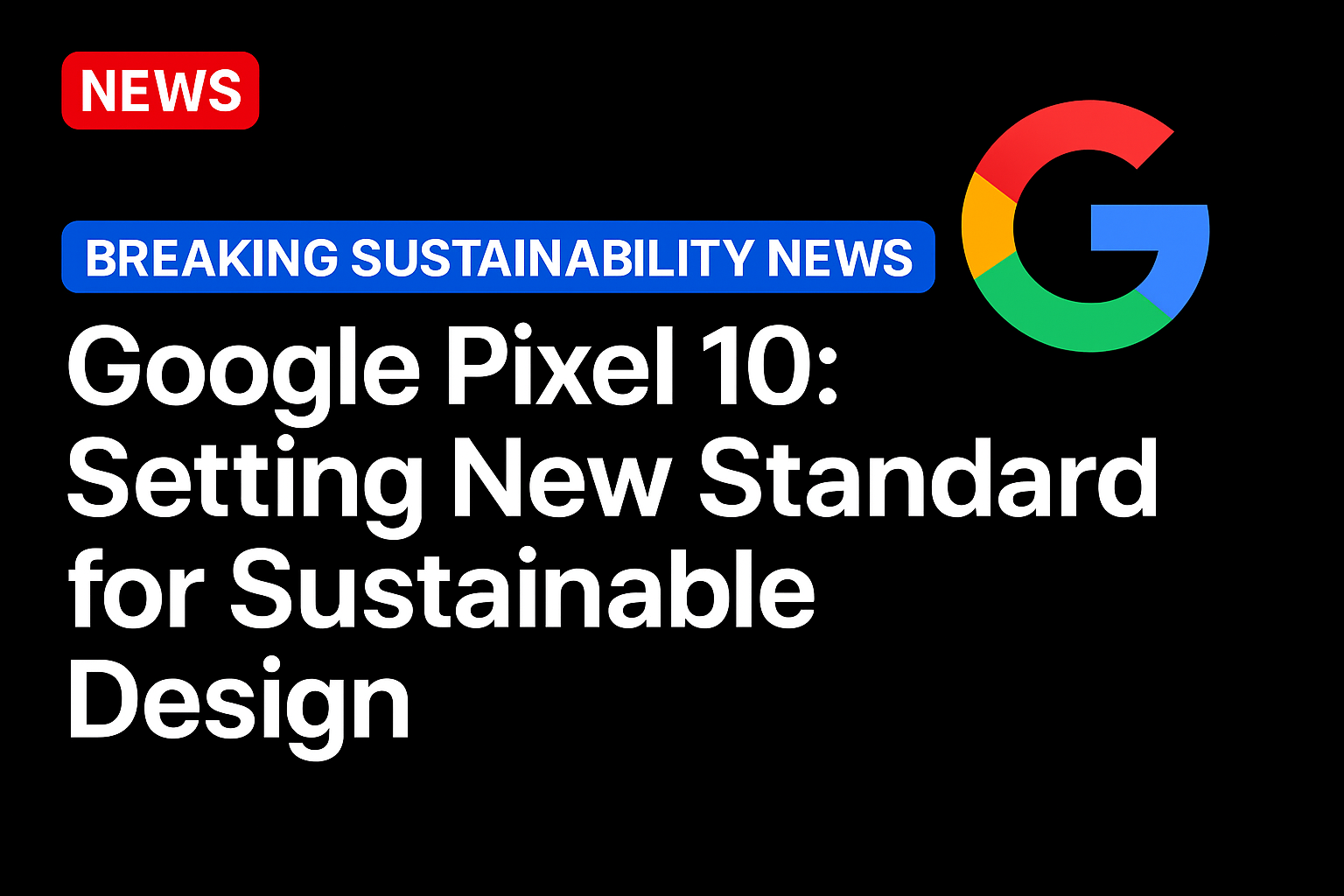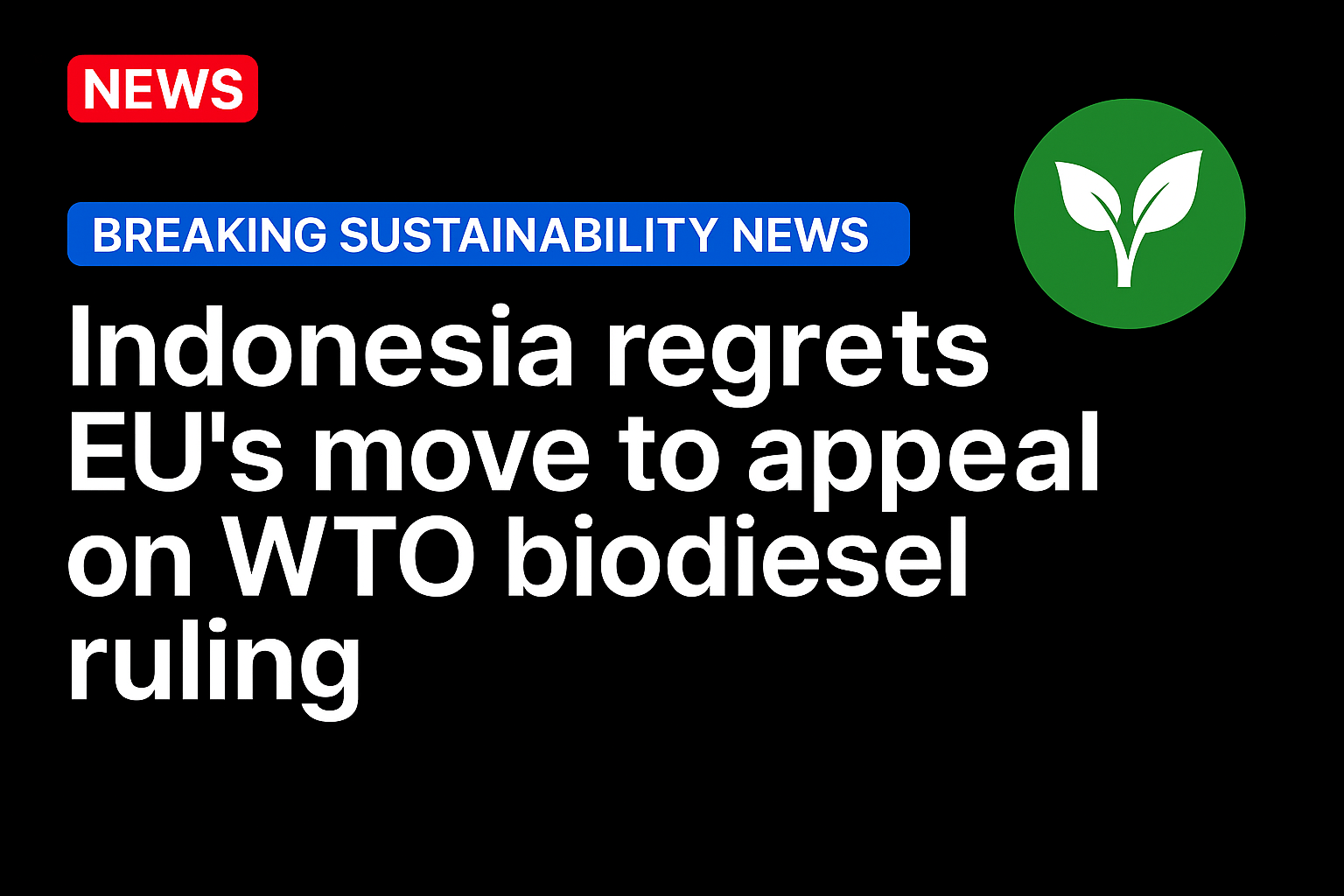With recycled materials, repairable parts and on-device AI, Google’s Pixel 10 combines durability and performance for sustainable design
Google is ensuring it is engineering sustainability into every detail of its latest smartphone release, the Pixel 10.
Making a statement of intent about how consumer electronics should balance performance with environmental responsibility, Google balances the demands of technology with the expectation that devices must be designed to last longer, generate less waste and minimise their carbon footprint.
With the Pixel 10, Google has sharpened its sustainability strategy around three pillars: engineering products to last, sourcing responsible materials and sharing progress to drive industry-wide change.
Kate Brandt, Chief Sustainability Officer at Google, says: “The new Pixel 10 is built with at least 32% recycled materials by weight, the most recycled content of any Pixel generation yet. Plus, all of Google’s packaging remains 100% plastic-free.

“This is a milestone that reflects a decade of dedicated work in recycled materials from our teams.
“Our work isn’t just about big goals – it’s about the intentional efforts of countless people across our organisation who are committed to building for everyone and the planet.”
A smartphone built to last
Unlike many devices that reach obsolescence in just a few years, the Pixel 10 has been engineered with durability at its core.
The phone’s shell is made with 100% recycled spacecraft-grade aluminium, providing strength without adding excess weight.
Its dust, scratch and water resistance ensure resilience against daily wear, while Google extends the device’s usable life through seven years of guaranteed operating system and security updates, plus software improvements delivered via Pixel Drops.
This engineering focus directly reduces the environmental impact associated with frequent gadget replacement cycles.
By building products designed to perform well over extended lifespa
Google’s circular design approach
For Google, extending longevity doesn’t stop at durability – it also includes repairability.
The Pixel 10 introduces subtle but deliberate design choices that improve the repair experience for both consumers and technicians.
High-contrast screws and colourful repair touchpoints simplify battery replacements, while improvements in the Google Store experience make ordering official spare parts straightforward.
This user-focused approach feeds into the broader circular economy, where extending the usability of devices through repair directly reduces material demand and landfill contributions.
Google’s aim is not just to sell smartphones but to foster a culture where regular upkeep and part replacement keep devices “reloved” for longer.
Google Pixel 10’s AI capabilities
The Pixel 10 represents a significant milestone when it comes to Google’s integration of AI into everyday experiences. In fact, it has become a defining layer.
At the heart of this evolution is the Tensor G5 chip, co-designed with Google DeepMind, which debuts with the ability to run Gemini Nano – the first of Google’s next-generation on-device generative AI models.
This silicon-to-software link powers a suite of intelligent, personalised applications that operate securely on the device without depending on cloud access.
Stephanie Scott, Group Product Manager at Google, says: “Tensor G5, our new custom silicon, is the most significant upgrade to our chip since Tensor’s debut.
“It delivers snappy performance while bringing deeply helpful experiences to Pixel users first. And, thanks to co-design with Google DeepMind, the newest Gemini Nano model will run first on Tensor G5 to unlock many on-device generative AI experiences that make everyday life easier.”
Pixel’s AI assistant: Magic Cue
Pixel 10 also introduces Magic Cue, a powerful AI assistant that proactively surfaces helpful information and actions across apps, anticipating user needs without interrupting flow.
It connects the dots between Gmail, Calendar, Messages, Photos and more, extracting relevant details to offer timely suggestions.
Stephanie explains: “For instance, when you’re calling an airline, it can automatically find your flight details from your email and display it during your phone call.
“It helps you both recall information and take action, too – whether it’s providing an address for dinner or finding the right photos to share with a friend, all without leaving your chat.”
Magic Cue operates entirely on-device using the Tensor G5 chip and Gemini Nano AI model, ensuring data stays private and secure.
By seamlessly integrating AI into daily interactions, Magic Cue transforms the Pixel 10 into an intelligent, thoughtful partner that simplifies communication and organisation.
A blueprint for responsible tech
The Pixel 10 is not only Google’s most sustainable phone yet, but it also shows how intentional design, recycled materials and supply chain responsibility can converge in a single device.
Through durability, repairability, recycled content and industry collaboration, Google demonstrates that hardware innovation need not come at the planet’s expense.
As consumers grow more conscious of environmental impact, the Pixel 10 presents a template for the future of electronics – products designed not just to be smart, but to be sustainable.
Source: https://sustainabilitymag.com/




